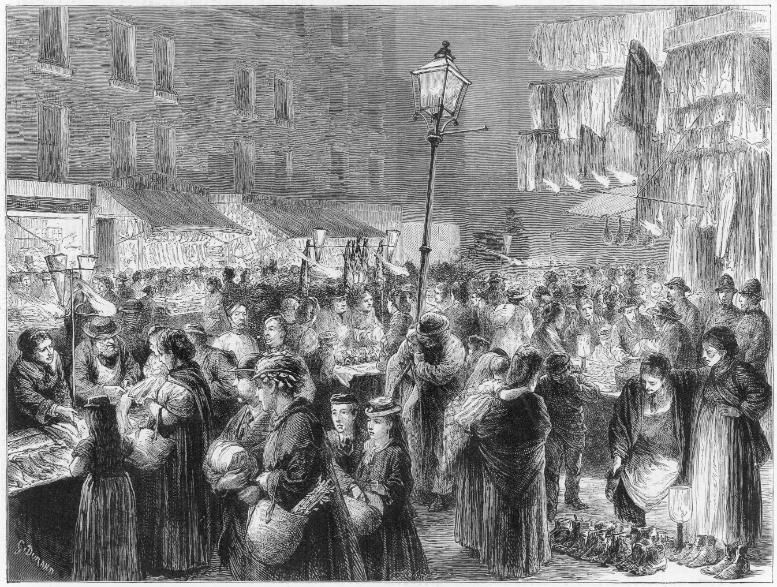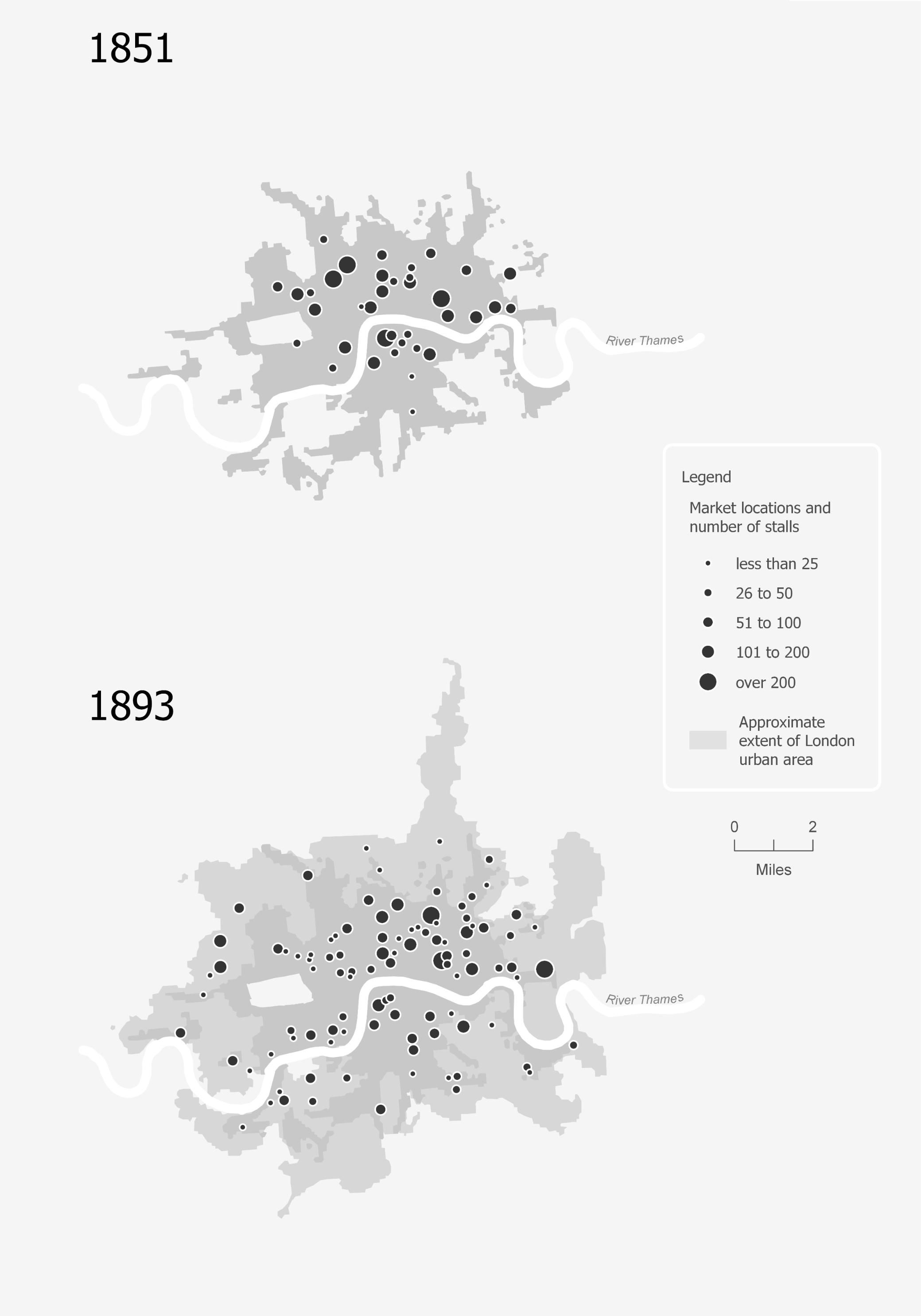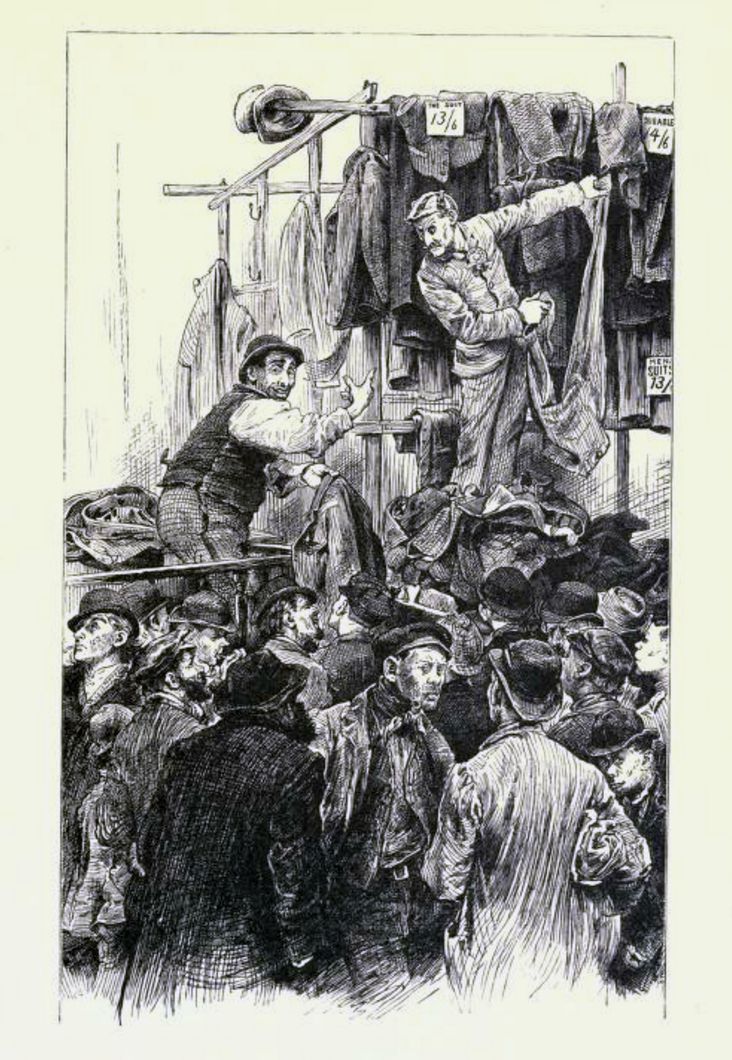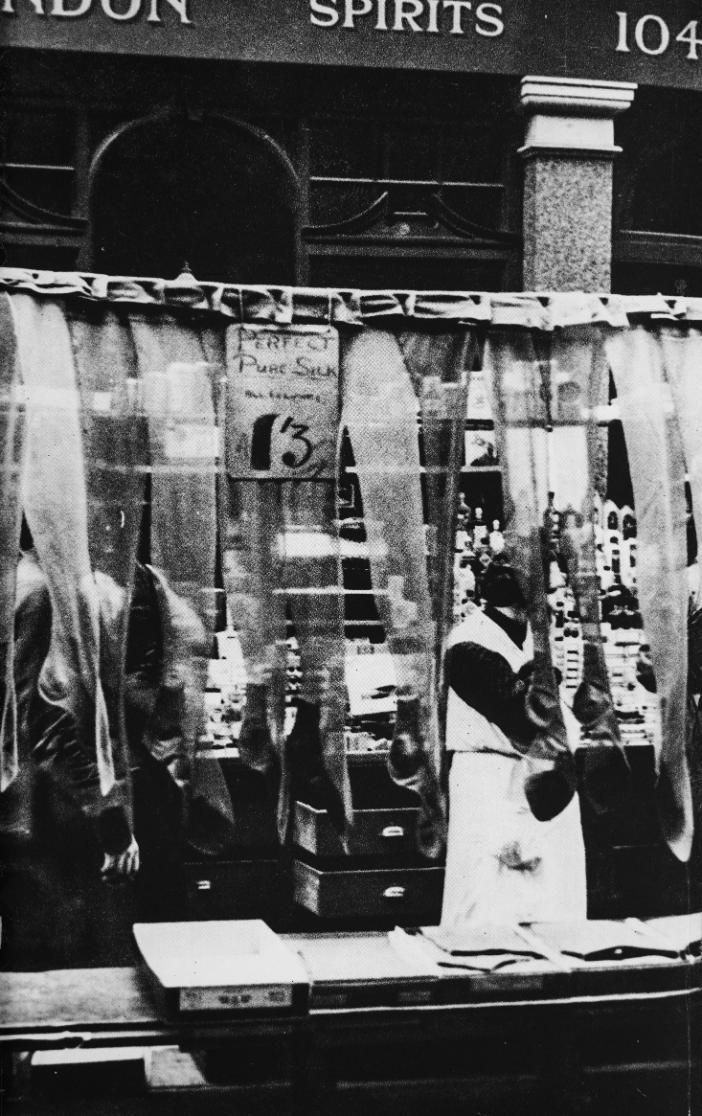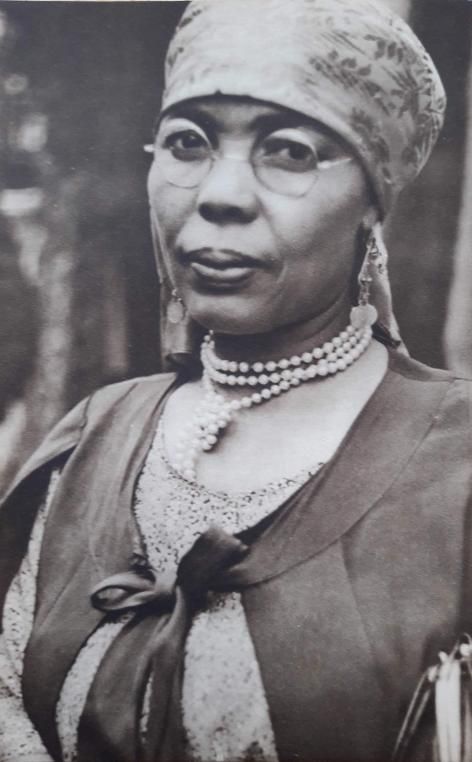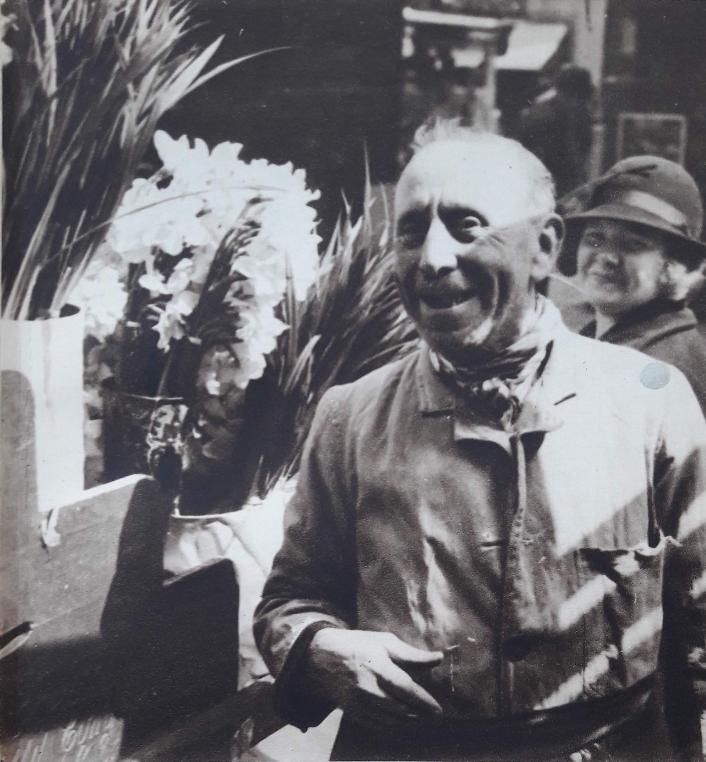In the middle of the nineteenth century London’s ancient, central markets — including Covent Garden, Billingsgate and Smithfield — were rehoused in grand new market buildings. They began to focus chiefly on wholesale trade, bringing food into the rapidly-growing city in bulk and selling it on to shops.
For ordinary people who could not afford shop prices and lived too far away from the central markets, street sellers gathered into informal open-air markets selling cheap food and all sorts of household goods. There were about 37 street markets in 1850, 113 by 1893, and today there are over 200 street markets, in every borough in London.
The nineteenth century street markets became focal points in London’s distinct localities. As new suburbs developed around the edges of the city, markets appeared there too.
Some of the markets became known for offering specialist goods such as flowers or pets. Others were distinguished by our migrant communities who shared their traditional foods and skills and helped expand the culinary flavours of London. There were markets in every part of London, although the densest concentration was in the East End.
The new street markets that grew from the 1850s were informal and unofficial. Street sellers had no legal right to trade in the street, and the markets were unplanned and unsanctioned. In 1867 a new law threatened to sweep them away completely.
Protests saved the markets, and from 1867 they operated on the edge of the law; they were tolerated, but not legalised, and the police had powers to clear them if they judged that they caused an obstruction.
Finally, in 1927, a law was passed to recognise the markets, and borough councils issued licences to stallholders.
Because they were informal and unofficial, the street markets were ignored in many of the sources that historians rely on. They have often been left out of the history books — Stall Tales is about making the history and heritage of the street markets visible.
